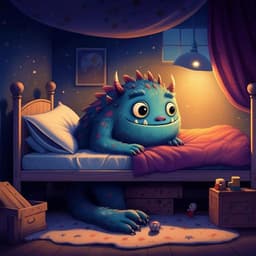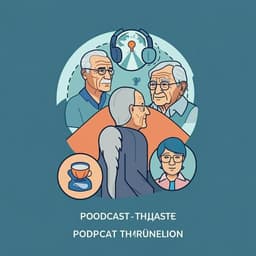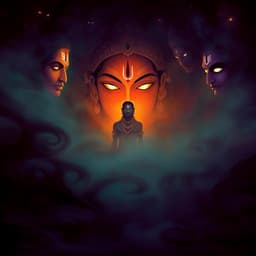
The Arts
The evolution of monsters in children’s literature
L. Christie
Explore the intriguing evolution of monsters in children's literature with insights from Lauren Christie. This captivating article delves into how the portrayal of monsters has shifted to resonate with young readers' fears and imaginations, examining various forms and attributes that evoke emotions. Discover the potential future of these literary creatures as they adapt to contemporary anxieties.
Playback language: English
Related Publications
Explore these studies to deepen your understanding of the subject.







